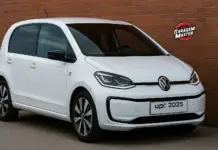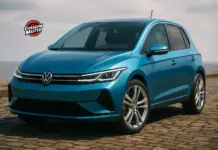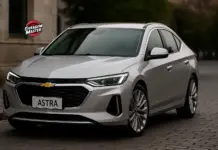When people think of “Ranger” today, most people think of Ford’s iconic midsize pickup truck. The model is known for its robustness, versatility and performance, being one of the most popular in its category in several countries, including Brazil. But what few people know is that the name “Ranger” was already used by Ford’s competitor, General Motors (GM). Yes, you read that right: there was a time when GM used the Ranger brand for one of its automobiles, and this peculiar story unfolded between the years 1968 and 1978, with a model sold mainly in South Africa, Belgium and Switzerland.
In this article, you will learn the details of this story, understand how and why GM decided to use the name Ranger in one of their vehicles and find out why this car ended up being discontinued. If you are an automotive enthusiast, get ready for a trip down memory lane!
The Birth of the GM Ranger: An Emergency Solution for General Motors
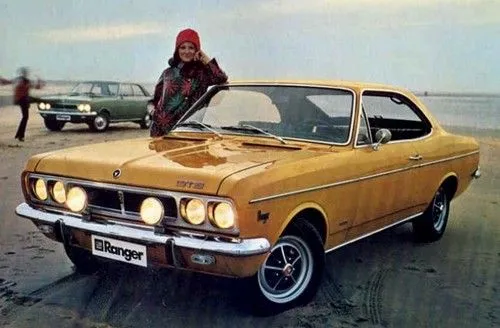
The history of GM Ranger starts at South Africa. At the time, the General Motors operated several subsidiaries around the world, including one in South Africa. This subsidiary was responsible for producing cars under different GM brands, such as Opel, Chevrolet and Vauxhall. In the late 1960s, General Motors South Africa began to develop a new model that would follow a successful formula already applied in Brazil with the Chevrolet Opala. Like the Opala, the new South African car would combine the Opel Rekord C body with Chevrolet engines.
The initial plan was to launch the model under the brand Vauxhall, which, at the time, was facing a period of low sales in the region. However, this decision met with resistance. Local dealers protested, arguing that selling the car as a Vauxhall could further hurt sales, considering the British brand was no longer as strong in the South African market.
Given this situation, the General Motors had to think fast. The solution was to create a new brand for the local market, and thus was born GM Ranger, a model known as the “South Africa car”. This would allow the company to keep the new model in dealerships without having to rely on Vauxhall’s tarnished image.
This first South African Ranger featured an interesting mix: the structure and design came from the Opel, while the engine was supplied by Chevrolet. This combination ensured the Ranger was a solid and reliable performer, which quickly gained a loyal following.
GM Ranger and Opel Rekord: Coexisting in the Same Market
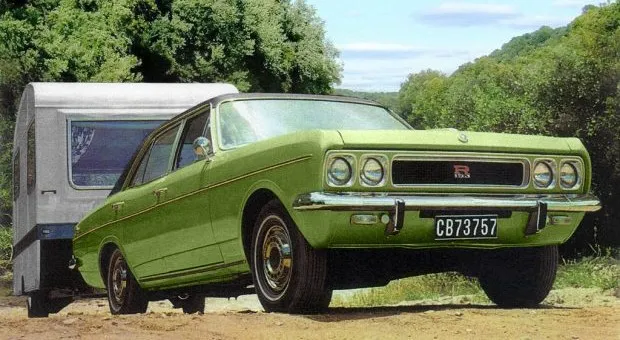
An interesting curiosity is that the GM Ranger was sold at the same dealerships that also offered the Opel Rekord C. This meant that South African consumers had a choice between two cars that, visually, looked very similar but had some important differences.
While the Opel Rekord C kept its original engines, the GM Ranger was equipped with four-cylinder engines from Chevrolet. This distinction gave the Ranger a certain edge in terms of performance and, possibly, also in terms of maintenance and spare parts. This unusual practice of selling two very similar models under different brands reflected the flexibility with which General Motors approached local markets at the time.
For many consumers, the GM Ranger offered the best of both worlds: the elegant, family-friendly style of Opel with the reliability and power of Chevrolet engines. This cemented the model as an attractive option in the South Africa, where the brand lasted until 1973, when the General Motors has decided to abandon the Ranger brand in the country and adopt Chevrolet as its main brand.
Ranger in Europe: Expansion to Belgium and Switzerland
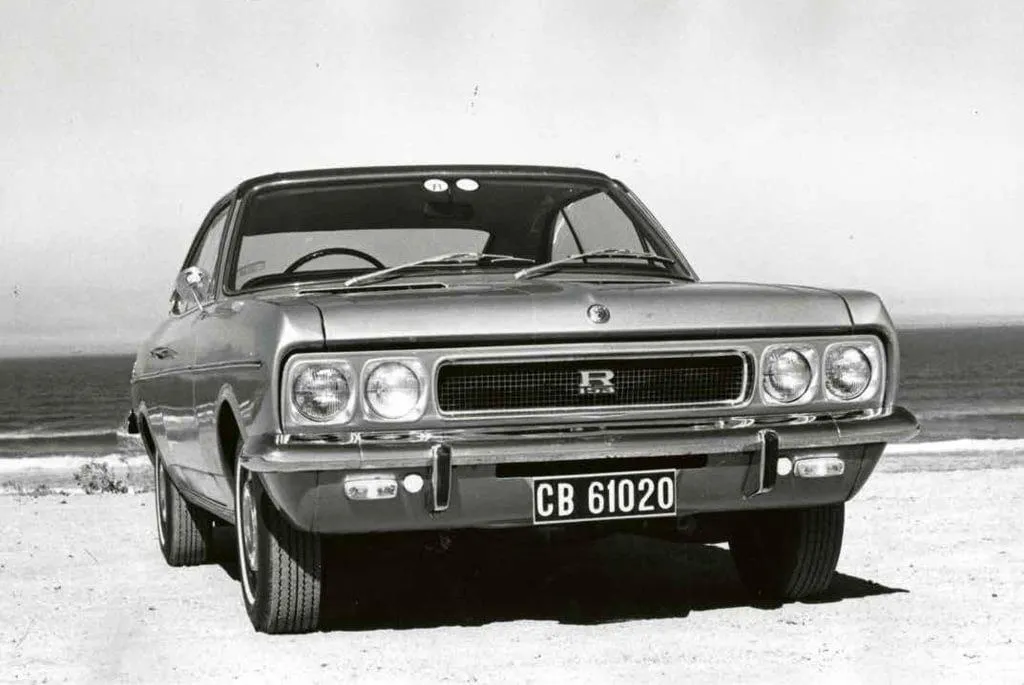
Despite initial success in South Africa, the trajectory of the GM Ranger didn't end there. In 1970, General Motors assessed that the South African model could be a good addition to the company's product line Vauxhall in the Europe. Thus, the company decided to take the model to other markets, starting with Belgium It is Switzerland. This time, however, the model underwent some adaptations to meet the preferences of European consumers.
Different from the South African version, O European GM Ranger retained the original engines of the Opel Rekord C, avoiding the use of Chevrolet engines. The changes were mainly in the aesthetics, with minor visual modifications to distinguish the Opel model. The reception from the European public was positive, and the GM Ranger has managed to establish itself as an affordable and reliable option.
At Europe, the GM Ranger even had a second generation, inspired by the Opel Rekord D, which ensured the model's continuity in the market. However, the brand faced difficulties in competing with other more popular models and with the brand itself. Opel, which was the GM brand already consolidated in several European countries. In 1975, the GM Ranger is no longer sold in Switzerland, and in 1978 its production was terminated in Belgium, definitively ending the Ranger brand at General Motors.
End of GM Ranger: Factors That Led to the Closure
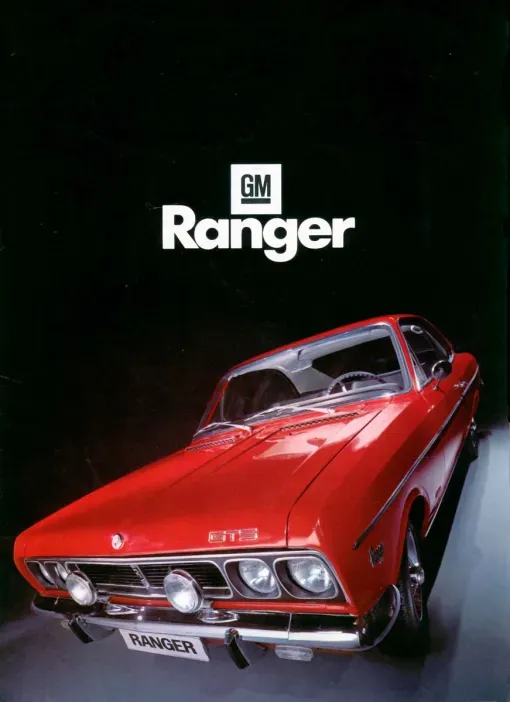
The decision to discontinue the GM Ranger was influenced by several factors. Firstly, the fierce competition in the European market limited the brand's growth. Furthermore, coexistence with Opel models created some confusion among consumers, who saw no reason to choose the Ranger over a similar Opel.
Another point was the strategy itself. General Motors to consolidate Opel as its main brand in Europe. This move made the GM Ranger unnecessary, as Opel was able to meet the demand of the European market without the need for an “extra” model.
For consumers and classic car enthusiasts, the GM Ranger has left an interesting legacy. It represents a time when manufacturers were willing to experiment with new makes and models to find their place in international markets. The story of the GM Ranger is a reminder that innovation and flexibility were fundamental for the global expansion of the automotive industry.
The Historical Value and Rarity of the GM Ranger Today
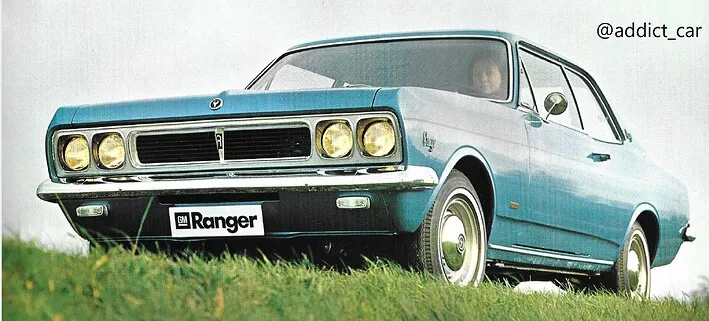
Currently, the GM Ranger is a rarity. Its limited production and short lifespan make it a valued model for collectors It is classic car enthusiasts. Finding a GM Ranger in good condition is a difficult task, and the few that still exist are considered true automotive relics.
In the classic car market, these models have a high value due to its rarity and its unique role in the history of General Motors. It is estimated that a well-maintained GM Ranger can cost between R$ 80 thousand and R$ 150 thousand, depending on the condition and version. This value reflects not only its rarity, but also the sentimental value it carries for those who know its history.
Conclusion
The history of GM Ranger is a fascinating journey through the global expansion and adaptability of General Motors. Created as an emergency solution in South Africa, the model gained its own space, albeit briefly, in Europe as well. This car, which combined elements of Opel and Chevrolet, represents a flexible and creative approach by GM to compete in different markets and meet regional demands.
Over the years, the GM Ranger has been forgotten by many, but for automotive enthusiasts, it remains a symbol of innovation and the industry's ability to reinvent itself. Today, it is a collection item rare, coveted and valued, reminiscent of a time when brands experimented with models and markets to conquer the world.
With the approximate value of R$ 80 thousand to R$ 150 thousand In the classic car market, the GM Ranger is more than a vehicle: it is a piece of history that tells the story of an important period in the automotive industry.

